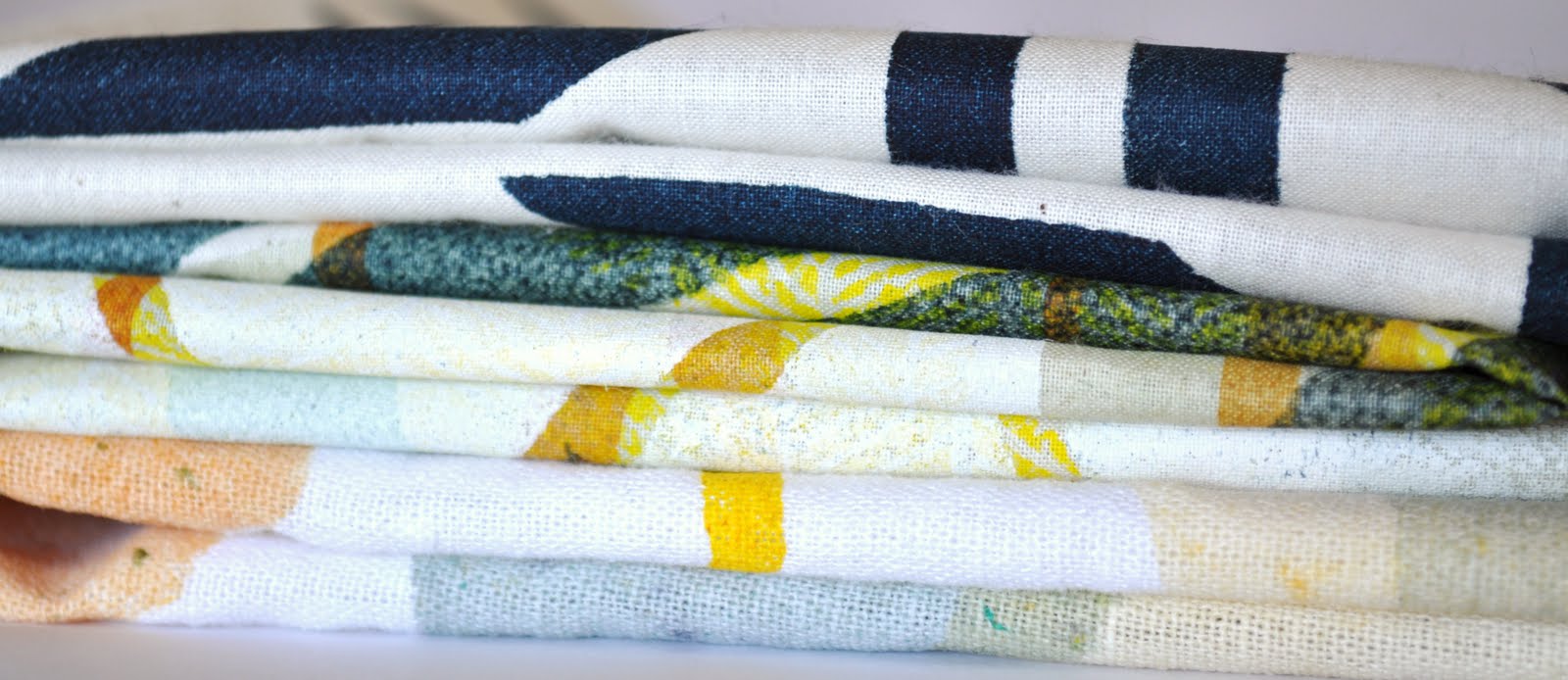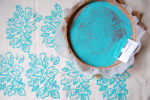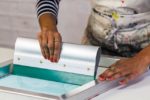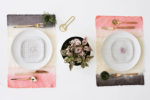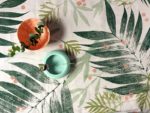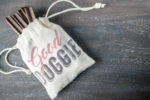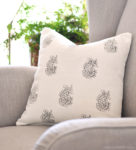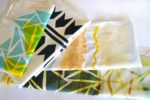When I was little, we did a lot of arts and crafts. There were four of us and in order to keep us all busy, my mother decided we would try everything under the sun at least once. It got to the point where her friends would ask her, “What’s next? Underwater basket weaving?” and we’d say, “Nah, that was last week.” (We did indeed learn how to make baskets, and oddly enough, you do soak them in water while you bend them into shape) One thing we never tried, however, was fabric printing. I suppose this was because Mom already had a stash of fabrics from Jo-Ann’s and if we got to print on one piece, we might explore other options and end up destroying the growing fabric collection. I did enjoy sewing, quilting, and embroidery, but I always wanted to try dyeing fabrics, and now that I have my own craft space, I’m free to do whatever I please.
One of the most tech-savvy ways to create your own print is to create a pattern on the computer — which you can then order from a supplier! How cool is that? If the pattern creation sounds intimidating, rest assured, it is not. If you have simple computer skills, you can follow the excellent, step-by-step tutorial from Anda Corrie, who guest posted on Spoonflower (which is one of the companies that will print your design on fabric and ship it to you). All you need to start is computer paper, markers, and crayons. Once you’ve got a few designs you like, plug them in to Photoshop, follow the directions provided by Anda, and then upload to Spoonflower and order. If you’re comfortable doodling and fiddling with a computer program, this is the perfect option for you.
If you’d rather try something just as professional looking but with less online components, you can try using a screen printing machine. Coo & Co Create has a superb walk-through of the process, and though it takes a few tries to get the hang of it, the end results are well worth it. You’ll need an embroidery hoop, nylon fabric (fine mesh), screen drawing fluid, fabric paint, and a few other items to complete the project. Or, you can try out the write-up done by The Village Haberdashery, who utilizes a silk screen, freezer paper, an iron, a Squeegee, fabric screen printing inks and a few other odds and ends to create a crisp, clear design on plain fabric (here you can use medium to heavyweight fabric).
Of course, if neither of those sound appealing because of the amount of materials needed, you can start with something simpler and more artsy, something that will create a unique, original pattern every time, like using the watercolor painting technique touted by Cami from TidBits, who did a guest post on Ella Claire Inspired where she shared her tips and tricks for making watercolor pillowcase covers. All you need are watercolor paints and brushes, white fabric, water, and fabric medium. The colors will remain as bright as the original dye job, even after going in the wash. This is probably my favorite method because it doesn’t require a lot of time or money or skill, and the results are breathtaking. You may want to start small with napkins or small pillowcases, but this would also be a great way to create a backdrop or dye a large piece of fabric for a sewing project like a dress.
Perhaps the easiest method of creating a design on fabric is drip dyeing, where you simply hold the fabric in the dye for however long you wish and then dye the next section either lighter or darker or a different color entirely. If you love ombre, this project is for you. Design Love Fest has a gorgeous set of photos along with the written tutorial to inspire you. Depending on what dye you use, you might also need to purchase some soda ash, but besides the dye and ash, you will most likely have everything else you need to create a beautiful ombre effect on the fabric.
Do any of these interest you? If so, you can read through the tutorials and see which one works best for you. The drip dye method can be found at Design Love Fest, and the watercolor technique on Ella Claire Inspired. If you want to try screen printing, you can check out either tutorial — one is from Coo & Co Create and the other is at BlogLovin. Or, if you’re up for a challenge, create your own pattern digitally by following Anda Corrie’s tutorial on Spoonflower.
